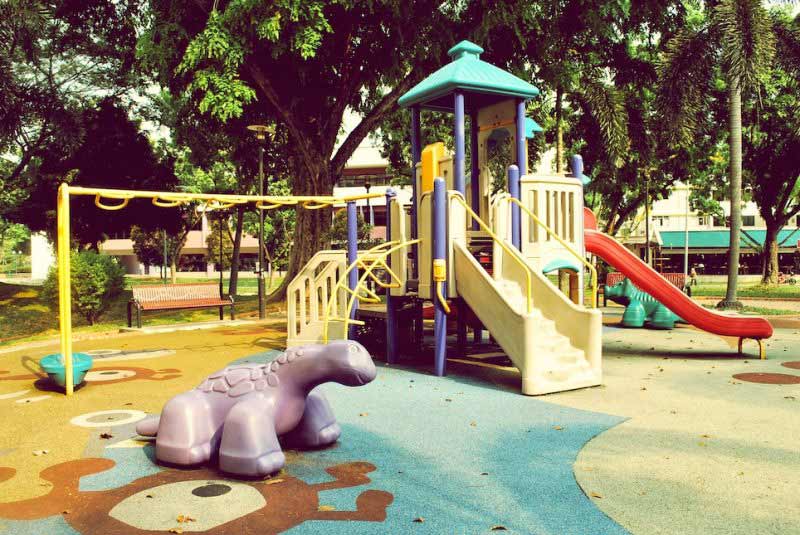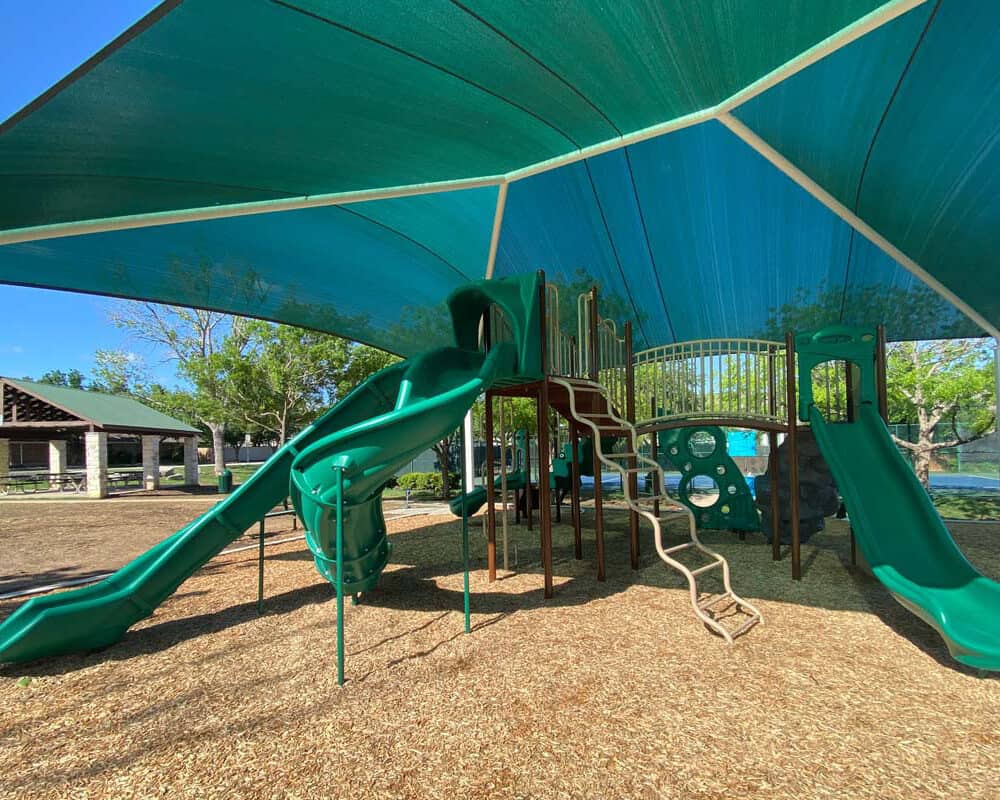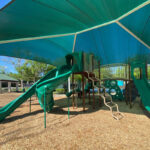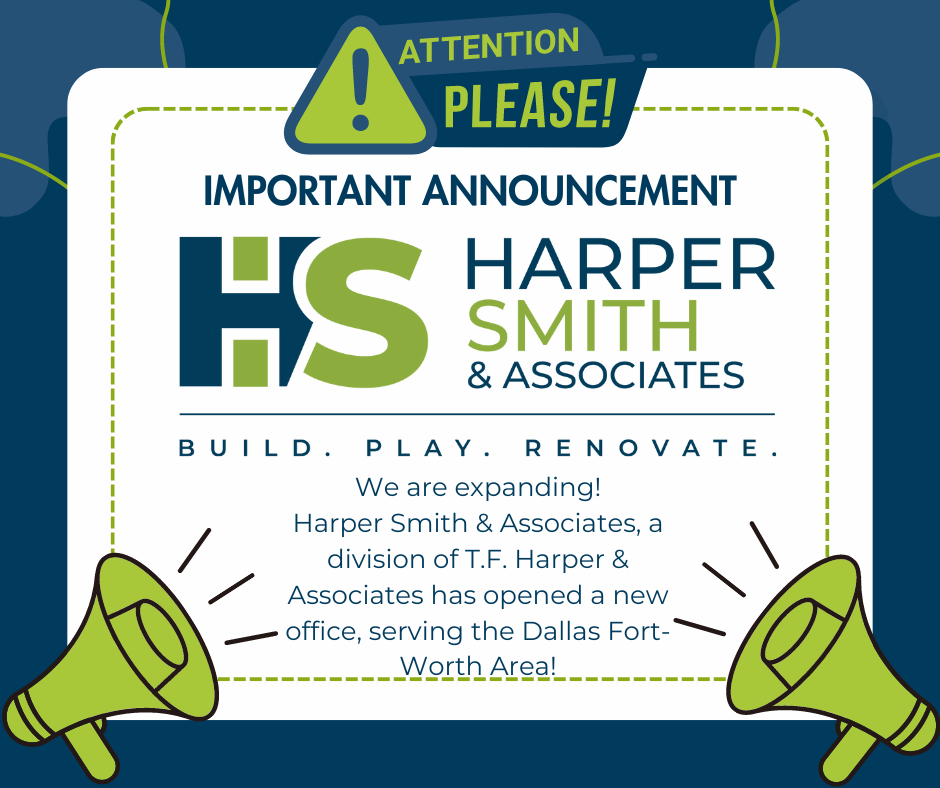History Of The American Playground
For most parents in America today, the idea of taking a child to a playground is as normal as taking them to a park, a movie, a carnival or any fun child based event. While doing this seems as normal as any American experience, the development of playgrounds is actually only several centuries old.
The birth of the idea of playgrounds actually started in the early 19th century based on the studies and works of some of the world’s most premier and formative child psychologists, theorists and educators. In 1837, it was Frederick Froebel from Germany that first tried to implement the idea of an outdoor place for children to have free play after studying childhood development.
It was from his research that he came to a greater understanding of what young children need as part of their mental and physical development, especially in the early formative years between two and ten years old. He understood that child interactive play—not just regimented structured play—contributed to greater motor skill development and problem solving skills and that this was a critical need for all children in order that they learn how to master their own bodies’ capabilities and their mental capabilities to overcome obstacles and solve problems.
By the time the idea was formed for a “playground” area, Froebel had been inspired by the work of other men who were his peers in the work of psychology and child development. Men like Johann Heinrich Pestalozzi, Jean-Jacques Rousseau and Martin Luther significantly enhanced Froebel’s already developed opinions that children thrive under certain developmental environments and that they need to develop their motor skills and their mental problem solving skills at a young age in order to better develop into healthy capable thriving adults.
By the middle of the 19th century American child psychologists, theorists and educators such as John Dewey and G. Stanley Hall agreed with the idea of creating places for children to play and develop their skills outside in a designated play area such as was initially formed and created by Frederick Froebel. They felt that positioning these “playgrounds” in areas across America where children can play and development their mental and motor skills was an essential part of the overall education process for children.
By the late 19th century Froebel had been pushing the idea for playgrounds to be built in every town in Germany. By the early 1900’s, John Dewey was pushing for the same throughout America. It was from Dewey’s staunch efforts that the American playground was born. John Dewey was the American catalyst who further expanded the ideas of Jean-Jacques Rousseau and Frederick Froebel stating that children needed more than study and structured play to properly develop in body and mind.
In the beginning, John Dewey developed outdoor nature experiences, outdoor games and exercises for children. It is during this time that the merits of Dewey’s and Froebel’s philosophies on free play were analyzed and debated by many in the early child development profession. From these discussions and observations of successful “Playground” environments it was generally decided and agreed upon that building play areas designated as “Playgrounds” were an important part of enhancing child development programs for preschool children and elementary children citing their ability to increase both physical and mental development in young children.






